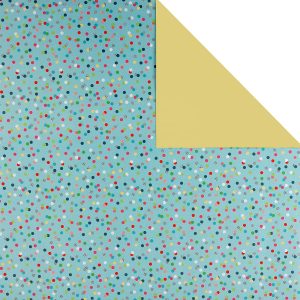Generally, the production of printing paper is divided into two basic processes: pulp and papermaking. Pulp is the use of mechanical methods, chemical methods or a combination of the two methods to dissociate plant fiber raw materials into natural pulp or bleached pulp. Papermaking is the process of combining pulp fibers suspended in water into paper sheets that meet various requirements through various processes.
Copy paper printing
Copy paper printing is a kind of paper for higher cultural industry. And the production difficulty is quite high. It needs to go through complicated settling and separation technology, so I won’t introduce it in detail here. Those who are interested can refer to the factory on the spot! Due to the complicated manufacturing process. Makes the copy paper has good physical strength, is not easy to be damaged by children, or torn apart! And it also has good West brightness and uniform density distribution. From the appearance point of view, the copy paper is a fine, flat, smooth and bubble-free paper. At the same time, copy paper is also a very important printing paper, and companies are often used to print trademarks and corporate logos. It is a very versatile paper! The copy paper mainly uses wood such as hardwood. In the pulping process, the wood needs to be cut into small flakes, which are mixed with small plant fragments such as reeds and wheatgrass. Then mix these raw materials together and cook them in a digester. Chemical reagents, usually acid reagents, need to be added. The digester continuously cooks, generally in the form of steam cooking. After the raw materials are cooked into the puree, the puree is filtered to remove the bulky or unsteamed substances to make the pulp.




















